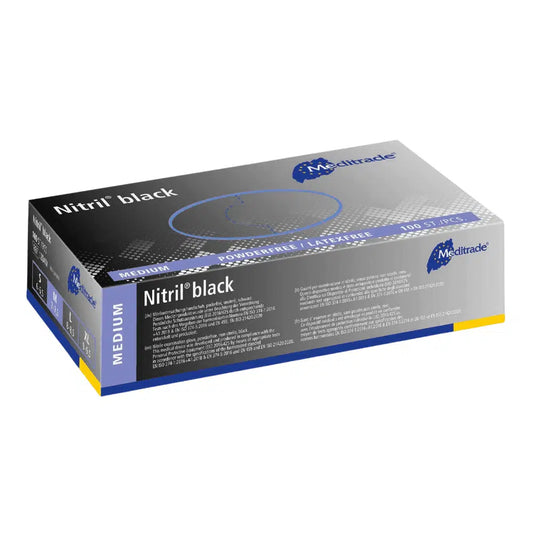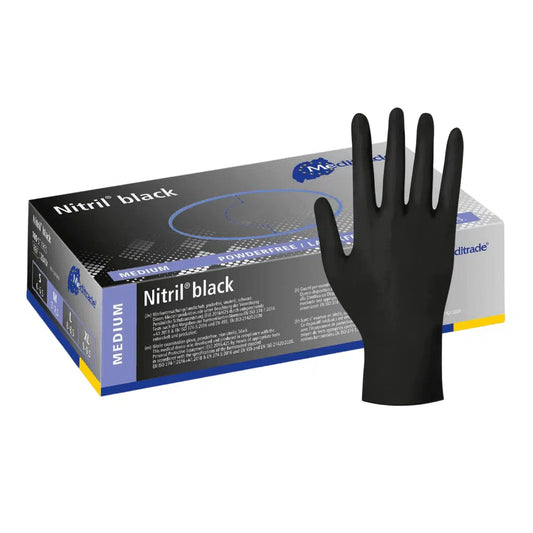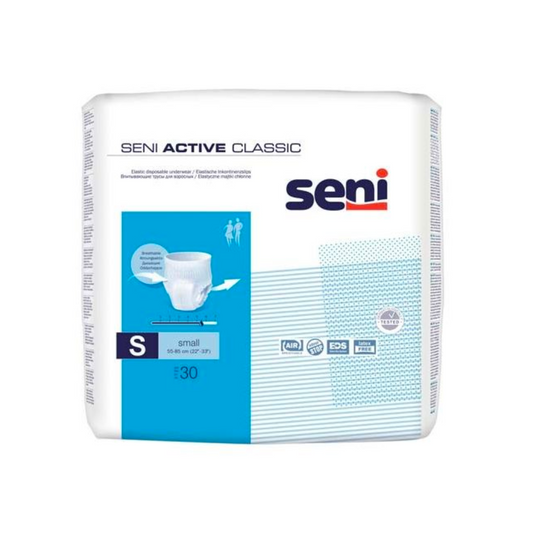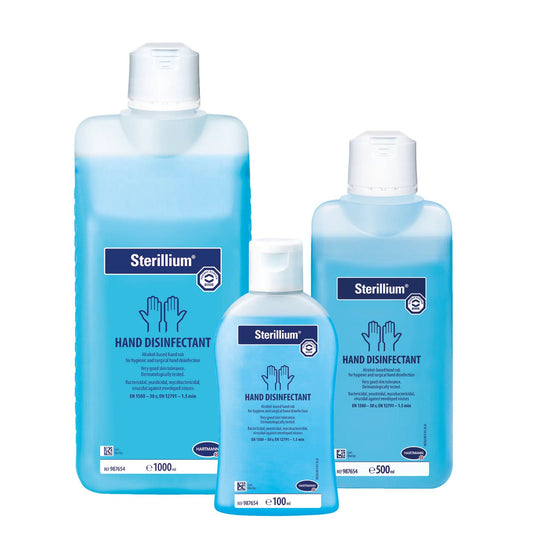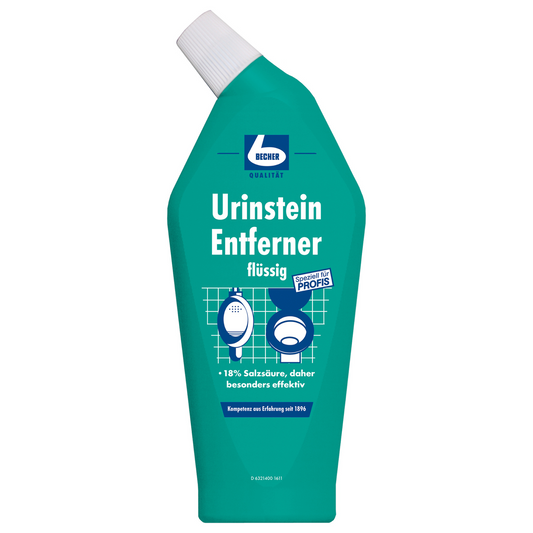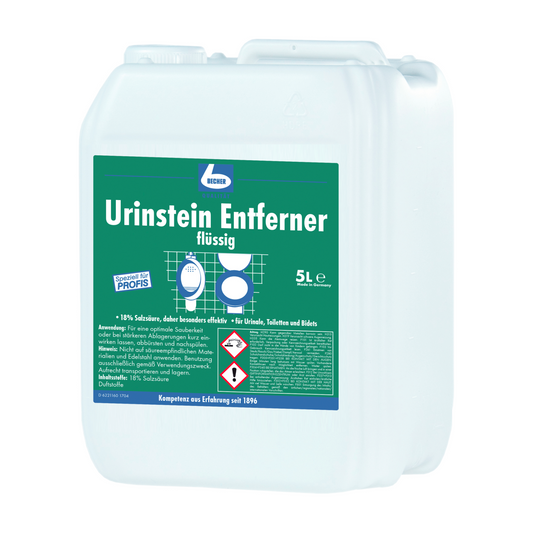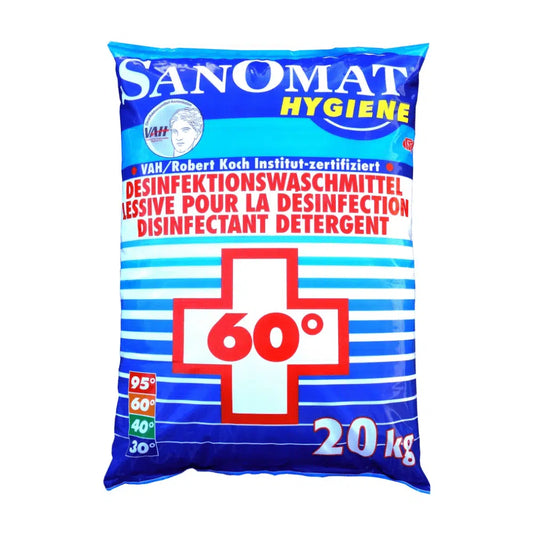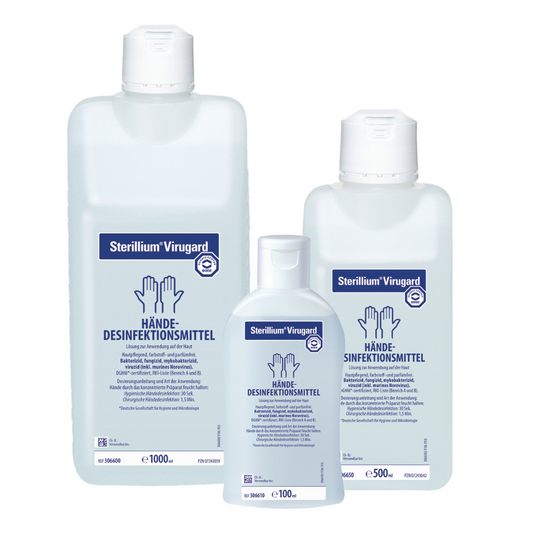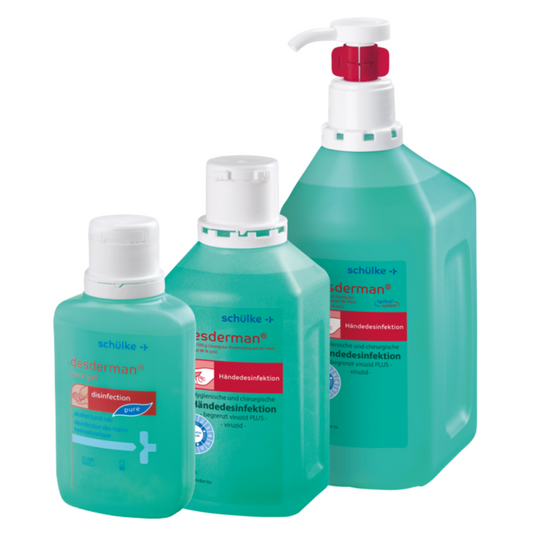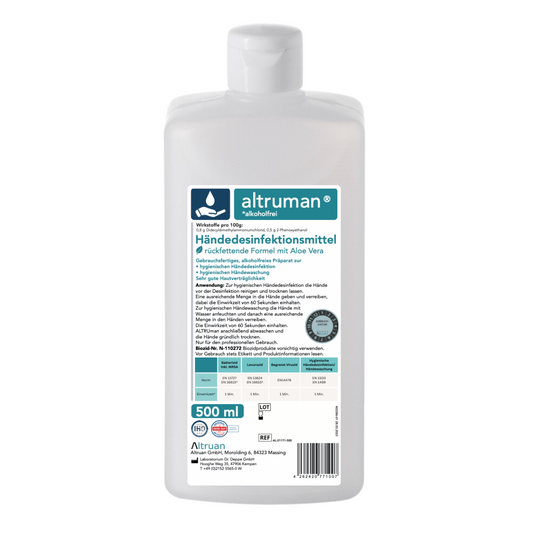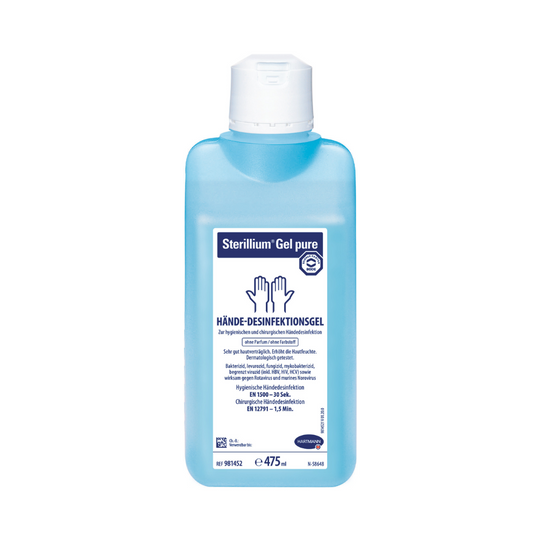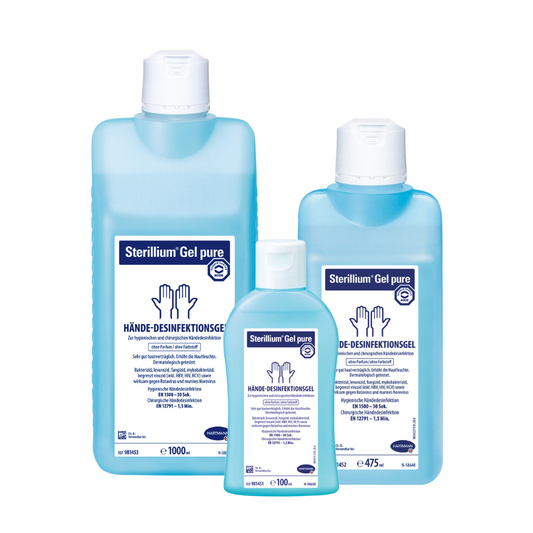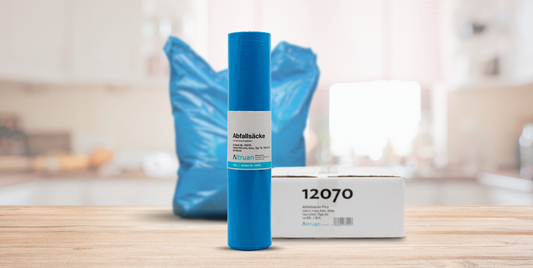Manual disinfection
Filter
Brand
Product type
scope of application
effectiveness
Classification
Listing
particularities
pH-Wert
Current offers
BODE Sterillium® Virugard hand disinfectant
SKU: HM-9800113-100
Schülke desderman® hand disinfection (without dye/perfume)
SKU: SM-70001092-100
Altruman® hand disinfectant - 500 ml | Bottle (500 ml)
SKU: AL-21171-500
- Featured
- Best selling
- Alphabetically, A-Z
- Alphabetically, Z-A
- Price, low to high
- Price, high to low
- Date, old to new
- Date, new to old
- Featured
- Best selling
- Alphabetically, A-Z
- Alphabetically, Z-A
- Price, low to high
- Price, high to low
- Date, old to new
- Date, new to old
BODE Sterillium® Virugard hand disinfectant
SKU: HM-9800113-100
Dr. Schumacher Aseptoman® med hand disinfection
SKU: DSM-00-457OP-0015-150
Hartmann sterillium® gel pure hands disinfection gel
SKU: HM-9814514
Other categories
Buy products for every need in our wide range.
Hand disinfection – to reduce germs on the skin
In the current era where hygiene and health play a central role, hand disinfection has become an everyday ritual. With the emergence of various pathogens, it is essential to protect yourself and the community. In this comprehensive guide you will learn everything you need to know about hand disinfection. From indications to how to do it correctly, we've got you covered!
The WHO indications for hand disinfection
The World Health Organization (WHO) has defined five key moments for hand disinfection to minimize the transmission of infections. These moments are critical to protect both your own health and the health of the community. Below we will look at these five indications in detail and give practical tips on how to implement them in your daily life.
- Before patient contact:
- This is particularly relevant for healthcare providers, but also for anyone caring for a sick person, whether in a professional or home setting.
- To protect the patient from colonization by pathogens that temporarily colonize the hands of employees.
- Before aseptic activities:
- Aseptic activities are those intended to prevent contamination with microorganisms. This includes applying bandages, inserting catheters and other medical procedures.
- It is crucial that your hands are disinfected before such activities to avoid infections.
- After contact with body fluids:
- This may occur after changing an incontinence pad, after contact with wounds, or after cleaning up vomit or other body fluids.
- Be sure to disinfect your hands immediately after such contact to minimize the risk of cross-contamination.
- After patient contact:
- This is again relevant for medical staff and carers, but also for anyone who cares for others.
- Disinfect your hands after every contact with another person to prevent spreading germs.
- After contact with the patient environment:
- This refers to any touching of surfaces or objects near people, especially if they are sick.
- Here too, hand disinfection is essential to prevent the spread of pathogens.
Implementing these indications in your daily life can be achieved through simple habits and precautions. For example, carrying a small bottle of hand sanitizer while on the go can be a practical way to maintain hand hygiene. Likewise, awareness of the situations in which hand disinfection is necessary and sharing this knowledge with family and friends can help create a healthier and safer environment for everyone.
Frequently asked questions & answers:
Why is hand disinfection important?
Hand disinfection is important because it prevents the spread of pathogens and reduces the risk of infection.
How often should you disinfect your hands?
You should disinfect your hands when you are visibly dirty, after the toilet, before eating and after contact with potentially contaminated surfaces or people.
What types of hand disinfectants are there?
There are two main types of hand disinfectants: Alcohol -based disinfectant and non -alcoholic disinfectant. Alcohol -based means are more effective against a wide range of microorganisms.
What is the difference between washing hands and hand disinfection?
Washing your hands removes dirt and microorganisms from your hands, while hand disinfection kills most germs. Washing your hands is necessary with visible pollution, while disinfection is a quick method for germ reduction.
